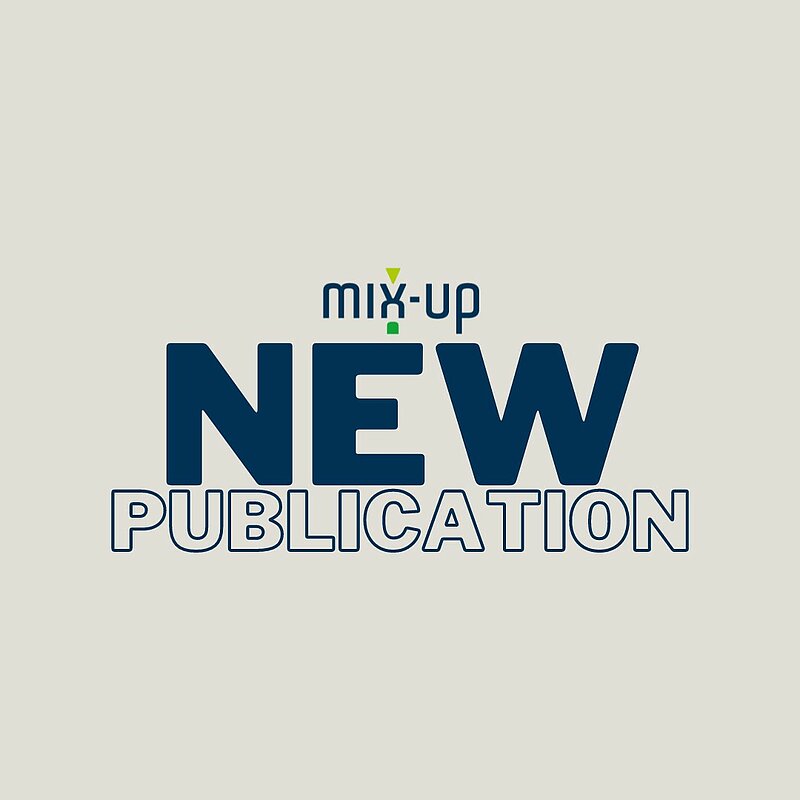The biodegradative capacity of bacteria in their natural habitats is affected by water availability. In this work, we have examined the activity and effector specificity of the transcriptional regulator XylR of the TOL plasmid pWW0 of Pseudomonas putida mt-2 for biodegradation of m-xylene when external water potential was manipulated with polyethylene glycol PEG8000. By using non-disruptive luxCDEAB reporter technology, we noticed that the promoter activated by XylR (Pu) restricted its activity and the regulator became more effector-specific towards head TOL substrates when cells were grown under water subsaturation. Such a tight specificity brought about by water limitation was relaxed when intracellular osmotic stress was counteracted by the external addition of the compatible solute glycine betaine. With these facts in hand, XylR variants isolated earlier as effector-specificity responders to the non-substrate 1,2,4-trichlorobenzene under high matric stress were re-examined and found to be unaffected by water potential in vivo. All these phenomena could be ultimately explained as the result of water potential-dependent conformational changes in the A domain of XylR and its effector-binding pocket, as suggested by AlphaFold prediction of protein structures. The consequences of this scenario for the evolution of specificities in regulators and the emergence of catabolic pathways are discussed.
Click here to read the full article.


